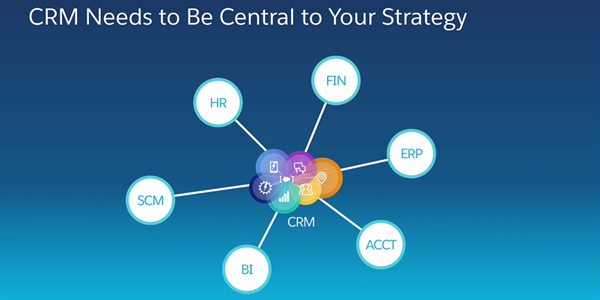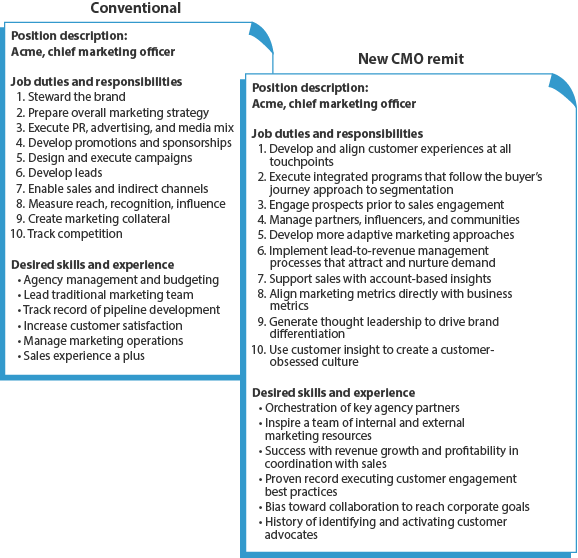The migration of the corporate world’s centre of gravity from ERP and transaction management towards CRM and customer experience management was evident at Salesforce.com’s 13th annual Dreamforce jamboree in San Francisco last week.
The carnival that eats San Francisco for a week, produced yet another impressive set of numbers:
- 170,000 registered delegates (one fifth of the host city’s population)
- 2600 speakers
- 1600 sessions
- 400 exhibitors
- 10 million online viewers
With program sessions devoted to “wellness” and “inspirational leadership”, Dreamforce can be described as “the Burning Man festival but with everyone wearing clothes and talking all day about cloud computing”.
The core message was that companies must be committed to capturing, connecting and acting on customer data across the engagement spectrum with a dynamic, agile customer management platform.
SFDC is now the fourth largest software company in the world, after Microsoft, Oracle and SAP and is on track to become the first Software-as-a-Service subscription company to hit $US 10b in revenue.
None of the annual customer conferences organised by SFDC’s currently larger rivals _ Oracle’s OpenWorld, SAP’s SAPPHIRE Now, or Microsoft’s Convergence events _ go close to matching Dreamforce’s numbers. Customer management or what founder Mark Benioff describes as “customer success” is generating all the momentum and energy:
If your CRM _ meaning analytics, sales automation, marketing, service, collaboration and mobility _ is not pivotal to your company, then you have a major structural deficiency.
This old-school configuration, with CRM disconnected, does not work:






